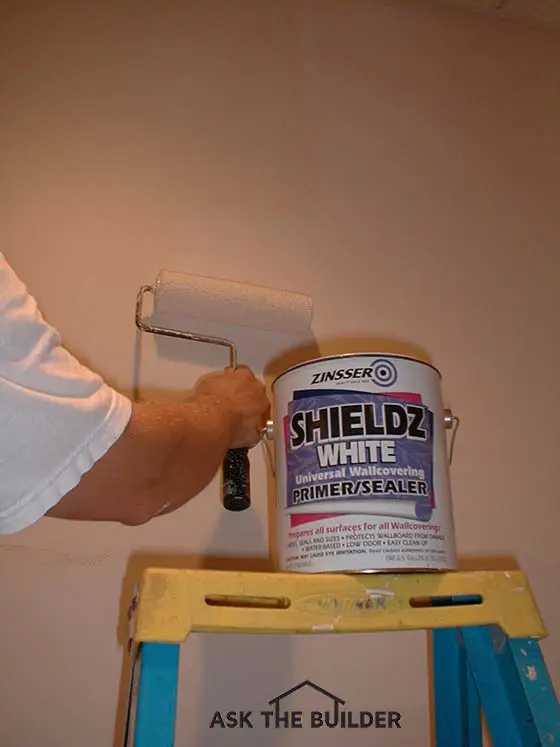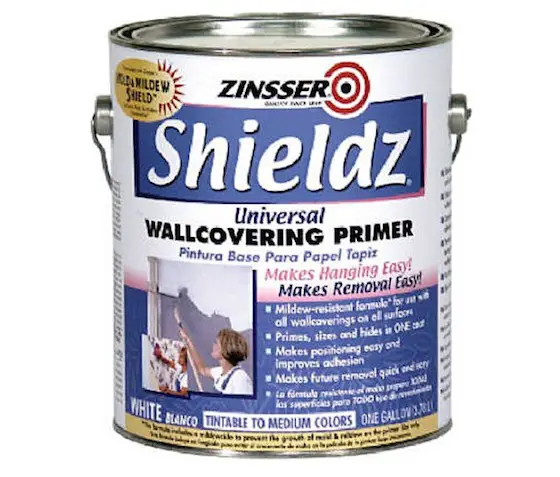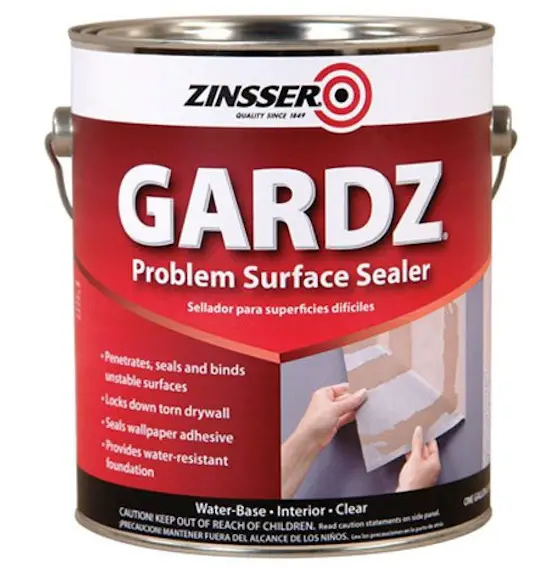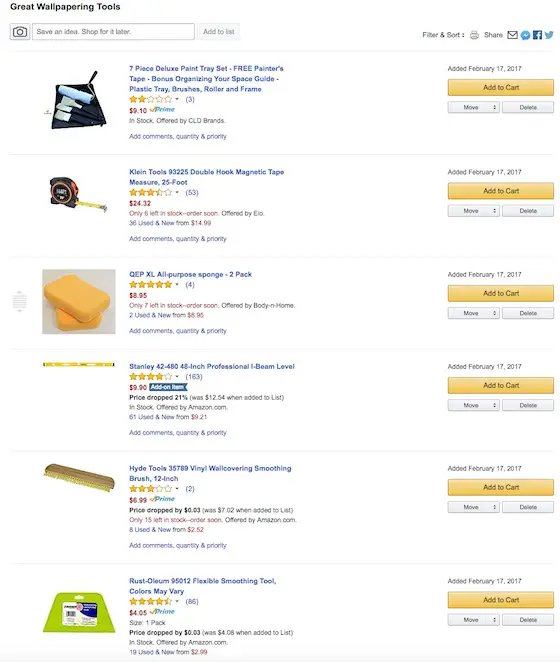How to Wallpaper on Drywall

How to Wallpaper on Drywall TIPS
- Apply special primer / sealer
- Creates extra working time while hanging
- WATCH wallpapering videos below
- Use special sealer to repair damaged drywall
- CLICK HERE to Get Tim's FREE & FUNNY Newsletter!
DEAR TIM: I was thinking of wallpapering several rooms in my house and installing a few borders in others. But after talking with some friends who have removed wallpaper from their houses, I think I might not do it.
As they removed the paper, they ruined their walls. The paper facing on the drywall was ripped off! Is there a way to prevent this? What can my friends do to restore their drywall? Darcey R., Brookville, IN
DEAR DARCEY: Ouch! I absolutely know how frustrated your friends must be. Tell them not to panic as there is an easy repair method that will restore the walls to like new condition.
Drywall Damage Preventable
The sad thing is that all of the damage to the drywall face paper could have been prevented. Whoever installed the paper skipped a vital step. They failed to size the walls before they hung the paper.
Sizing = Ancient Process
Sizing walls is a mystical process that generates lots of puzzled looks from clerks at paint stores as well as homeowners who wonder what it is. I can remember clearly the first time I heard the term.
I thought it meant you had to carefully measure the walls before you hung paper so that you purchased a sufficient amount of wallpaper. The truth of the matter is that sizing is a process that allows wallpaper to be installed with ease and at the same time allows it to be removed at some future time with little or no effect on the wall substrate.
Primer / Sealer = New Method
The word sizing tends to be used by older professional wallpaper hangers. New paper hangers just entering the field talk about priming and sealing walls instead of sizing them.
Many years ago paper hangers applied diluted wheat-paste adhesives on plaster walls to size them before they hung paper. This adhesive soaked into the fresh plaster and acted as a crude sealer. Modern technology has produced some amazing products that work much better than applying a thin wheat-paste to a wall.
Just A Few Tools
Let's get started with the tools. Fortunately, you don't need many tools to wallpaper.
Here's a list that will get you going on this job:
- retractable razor knife with snap-off blades
- 4.5 or 6-inch drywall taping knife
- smoothing brush or plastic smoother
- 4-foot level
- grout sponge
- measuring tape
- paint roller & pan
- paint brush
Click the Image Below to get all, or some, of the tools now:
CLICK HERE to get all the tools I recommend in one place. It's easy and fast.
Plaster Wall Suction
Without the diluted adhesive coating the adhesive on the back of the paper sucked into the bare plaster too quickly. This made it difficult to adjust and smooth the paper. In some instances the wallpaper adhesive soaked so deeply into the plaster little glue remained behind to hold the paper to the wall.
Wallpaper Videos
Watch these wallpaper videos to get an idea of what you're up against. It's not that hard, but I'd start on a small room first to get your skills honed.
New Adhesives
Modern wallpaper adhesives are very different than the old wheat-paste glues. Some are so strong that they can actually penetrate through many porous wall paints and actually grab onto the wall surface beneath the paint.
This is where many rookie paper hangers and homeowners get into trouble. They look at a painted wall and think that the wall has been primed and sealed. Indeed the wall may have a paint primer on it but this is not the right type of primer.
The new sealers create a barrier the glue can't get through. You absolutely need this if you're applying wallpaper over drywall.
High-Tech Sealers
To prevent the high-strength paper adhesives from bonding to the drywall paper you must apply specialized primer/sealers made for wallpaper. These water-based low-odor products form a tough barrier that paper adhesives can not penetrate. CLICK HERE to buy some of this special primer / sealer now.

This is the new high-tech wallpaper primer / sealer. It's an amazing product. I've used it and like it very much. You can tint it. CLICK THE IMAGE NOW TO BUY SOME.
The primer/sealers are perfect for painted drywall, bare drywall, paneling, and even existing walls that already have wallpaper on them. The products look just like paint and apply the same way.
Tint The Sealer
What's more, some brands are tintable. You can colorize the primer to match the background color of the wallpaper. This feature comes in very handy if a paper seam spreads apart in the future.
Extend Hang Time
The new primer/sealers also help you when you hang paper. They help to slow the drying time of the adhesives so that you have plenty of time to adjust and trim the paper as you work each sheet.
This characteristic is very important if you're double cutting paper as you install inlaid borders within a paper pattern. Not all wallpaper sealer/primers are created equal. If you want the best performance you will have to pay slightly more per gallon for it.
Seal Damaged Drywall
The damaged drywall at your friend's house can be salvaged with a similar product. Advise your friends to purchase a similar water-based sealer formulated specifically to seal unpainted or damaged drywall surface. CLICK HERE to buy this special primer.

This is the fantastic clear drywall primer made to stabilize drywall that's lost it's top layer of paper. This is easy to apply and dries fast. CLICK THE IMAGE NOW TO BUY IT.
Before they apply this special sealer they need to sand off any loose or ragged paper edges. The special sealer is blue when wet but dries clear. Your friends will appreciate this once they begin to apply the necessary skim coating that will transform the ugly mess into smooth walls once again.
Blisters & Bubbles
If you don't seal the damaged drywall, the water from the joint compound used to skim coat the walls creates horrible blisters and bubbles. If you think your friends are upset now, just wait till you see their faces when the walls resemble a life sized mural of blister packing material!
Column 377

One Response to How to Wallpaper on Drywall